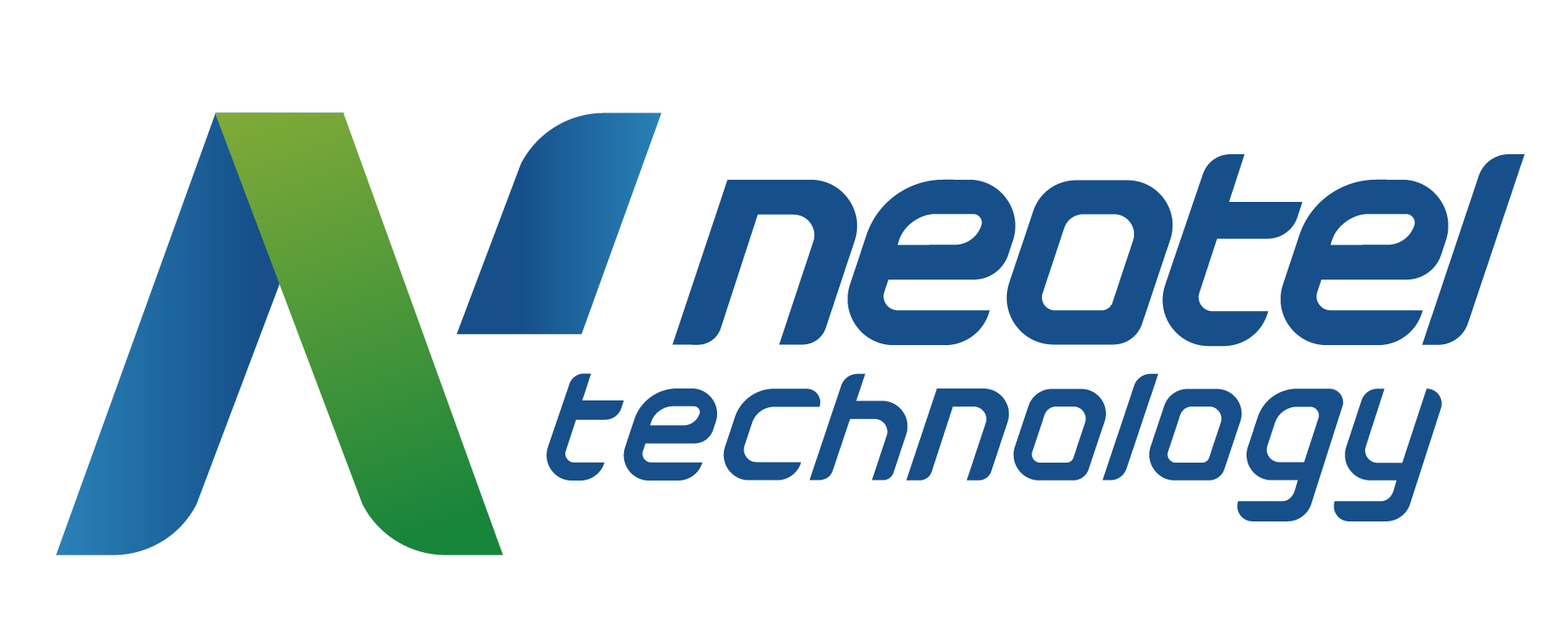What is a Quality Management System?
A Quality Management System (QMS) is a set of business processes and procedures aimed at achieving a specific performance goal, meeting quality standards, and continuously improving operations. Most QMSs are created and administered by a regulatory body, such as the ISO (International Organization for Standardization) and the IATF (International Automotive Task Force), although companies can also create their own set of standards and requirements.
Since quality management systems are relatively complex in application, implementation varies from company to company. But it’s important to remember that every QMS is designed to oversee all processes and procedures within an organization.
KEY TAKEAWAYS
A Quality Management System is used to optimize production and boost quality.
A prime example of a QMS is ISO 9001.
QMSs need to be implemented in all areas of an organization to be effective.
Companies ensure compliance with their QMS by using work instruction software.
How Does a System Help Quality Management?
To get our minds around the idea of a system used to aid quality management, it would be a good idea to briefly delve into what quality management is.
Quality management is the process of ensuring that all activities performed by a company are accomplished within a specific range of performance and excellence. A Quality Management System, on the other hand, is the vehicle that establishes the goals, requirements, and benchmarks needed to maintain the desired levels of quality management.
Quality management can be broken down into 4 classic components:
Quality Planning: Designing processes that meet specific standards and goals while remaining compliant with present operational circumstances.
Quality Assurance: Concerns the quality of the processes and procedures used at every stage of production and service.
Quality Control: Aims to improve the product’s quality by eradicating faults.
Quality Improvement: A systematic approach to the continuous examination and improvement of process and system performance.
7 Principles to Consider When Implementing a QMS
The ISO, a key contributor of several internationally known quality management systems, has determined 7 principles that should be considered when creating or implementing a QMS.
Customer Focus: To achieve quality results, a QMS needs to focus on matching or exceeding their customers’ expectations.
Leadership: Leaders of all levels must be united. If the leadership within a company has a clear direction, a QMS will be easier to implement.
Engagement of People: For a QMS to be effective, every employee needs to be engaged and take part in the strategic quality plan.
Process Approach: Review your processes as an interconnected network. This interconnected process approach gives users a better understanding of the entire operation and yields more consistent results.
Improvement: Customer expectations are always evolving. As a result, a QMS needs to have built-in plans and opportunities for improvement.
Evidence-Based Decision-Making: Every QMS needs a powerful tool like VKS work instruction software in place to gather valuable insight and data.
Relationship Management: Lastly, a QMS needs to take relationship management into account. Appropriately managed vertical and horizontal business relationships promote a healthy supply chain.
A Breakdown of The Modern QMS
A Quality Management System (QMS) is a set of rules, processes, procedures, and best practices that ensures a company maintains a certain level of performance. In other words, a QMS is a systematic approach to controlling and documenting your business operation.
Every QMS has 4 basic components:
Say what you do (documentation)
Do what you say (follow documentation)
Prove you do what you say (audits and data collection)
Improve what you do (continuous improvement)
Each of these components is then applied to any stakeholder group and their requirements. For example:
Customers require a certain level of quality.
Employees need adequate working conditions.
Governments and regulatory committees require you to follow the current laws and regulations.
Shareholders require that the company increases revenue while decreasing costs.
Each group needs several layers of documentation that specify “what will be done”, “proof that it is done”, and “plans for continuous improvement”. This cycle repeats itself over time as new improvements become the first stage of planning.
Example of a QMS in Action for Product Quality
Imagine you run a bubble gum factory. Your line of “Blue Berry Bugle” is a fan favorite. But there have been a few inconsistencies lately, Thankfully, none have left the production floor… yet.
To create consistent quality, you and your team implement a QMS alongside work instruction software. You apply the same 4 components listed above.
You and your team create work instructions outlining the proper methods for every process that ensure customer satisfaction.
Workers engage and follow these procedures so that the bubble gum complies with regulatory food quality measures.
Quality data is captured within every guidebook, indicating the correct procedures were followed and catching any errors within production.
As data is observed, new improvement plans are implemented monthly.
A well-laid-out QMS doesn’t need to change any part of your business so long as the requirements are fulfilled. However, it does give companies the opportunity to observe, control, and optimize their processes with a specific goal in mind. This paves the way for smarter improvements as time goes on and certification with a governing body.
Examples of Quality Management Systems
The most notable group of QMSs would be the ISO 9000 standards, which have become a symbol of productivity, efficiency, and customer satisfaction for manufacturers and other industries around the world.
But companies use many other systems to meet specific quality requirements and responsibilities. These include:
IATF 16949: The International Automobile Task Force (IATF) issues this QMS which focuses on improving automobile production.
ISO 13485: This QMS is specifically used to help companies follow specific guidelines in medical device production.
ISO 22000: Aims at ensuring food safety, this QMS focuses on the standards and guidelines for food production.
ISO 27001: Maintains and protects the quality and safety of information networks.
AS 9100D: Promotes the same content as ISO 9001 but is geared toward the specific applications of Aviation, Space, and Defense Organizations.



